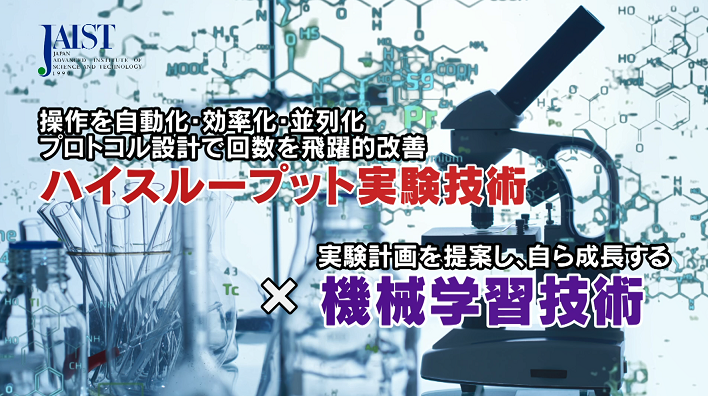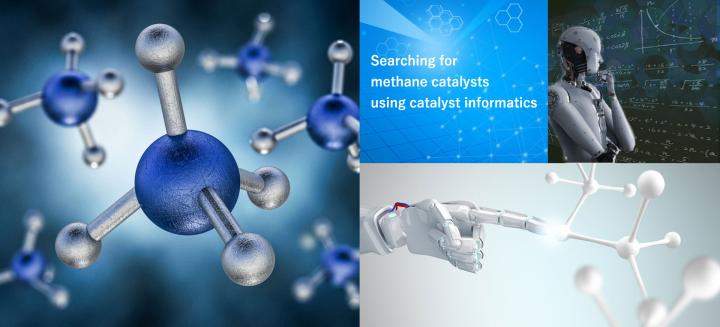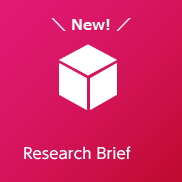
Taniike Lab.
MENU

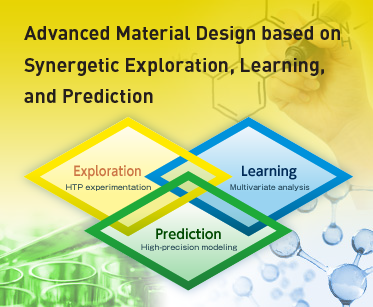
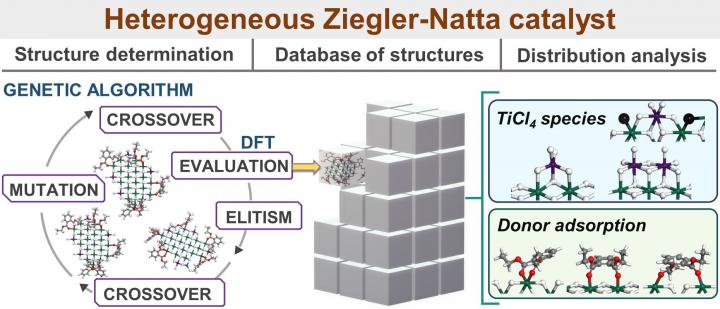
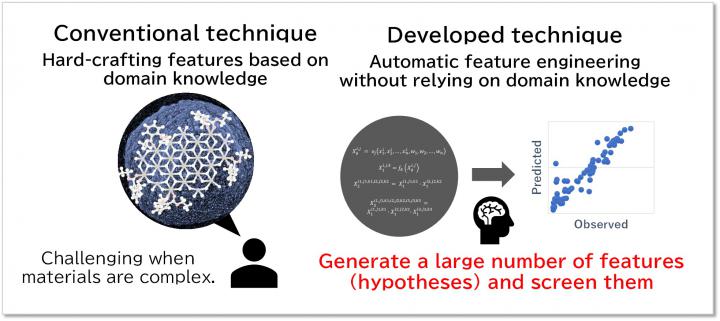
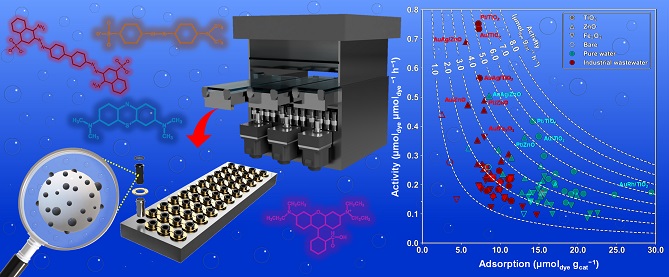
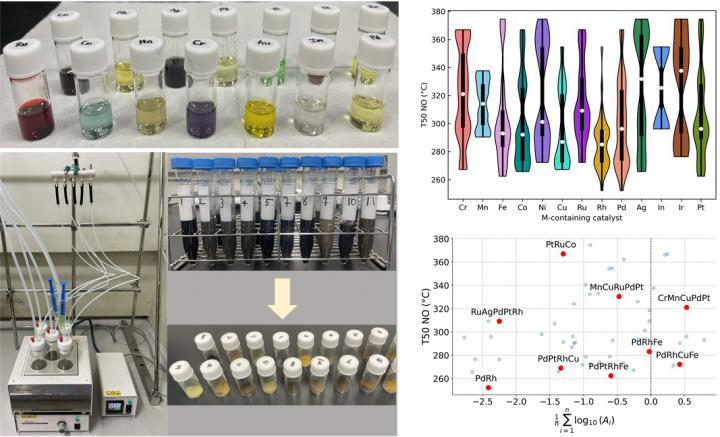
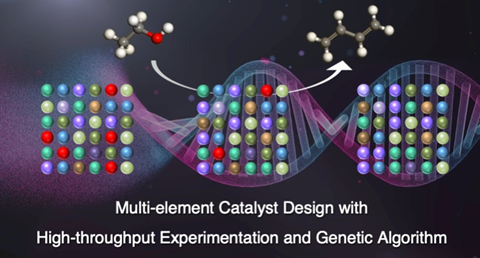




2024.01.19 by Joao Marcos DA SILVEIRAInternal donors are essential organic components of the heterogeneous Ziegler-Natta catalyst in producing high-quality polypropylene. However, their capability of shaping the catalyst structure during its preparation has been long overglanced, though it constitutes the basis of generating desired active sites. To address this issue, we applied our previously established method combining density functional theory and a genetic algorithm to the non-empirical structure determination of the catalyst. The result is an unprecedented view on the internal donor-induced support reconstruction at a molecular level, that shows how donor’s adsorption preferences and capabilities cause a drastic increase in the stereospecific Ti species and dictate the diversity in the Ti local environment, possible cause of the widely known effect of donors on the molecular weight distribution.

2024.01.12 by 谷池 俊明 Toshiaki TaniikeThere is a growing interest in leveraging machine learning to accelerate research and development of practical materials such as catalysts. This involves the use of data to train machines and variables (descriptors) to predict the functions of materials. Particularly, for accurate prediction, descriptors that efficiently and comprehensively incorporate factors influencing the functions are essential. We developed an automatic feature engineering technique that works with only a small amount of training data without requiring any prior knowledge. It generates and screens a large number of features (hypotheses) to select descriptors, essentially serving as hypothesis screening. The technique outperformed traditional techniques in the prediction accuracy, regardless of target catalysis, and was able to pinpoint various high-performing catalysts from a vast pool of catalysts.

2023.12.06 by 柳山 鏡 Kyo YanagiyamaPhotocatalytic reactions are gaining attention as a method for water purification. One of the challenges in this field is the lack of practical research and application knowledge under realistic environmental conditions. In this study, we have developed a new high-throughput screening method capable of conducting photocatalytic reactions in parallel across 132 experiments, leading to significant insights into environmental water purification using visible light-responsive photocatalysts. The research revealed that specific ions in environmental water significantly reduce the activity of the catalysts. Furthermore, to develop effective catalysts in environmental waters, we incorporated 15 types of noble metal nanoparticles into the photocatalysts. As a result, it was discovered that metal nanoparticles, like Au and Pt, which possess high work functions and oxidation resistance, convert environmental ions into active species and demonstrate high activity.

2023.11.12 by Son Dinh LeThe development of three-way catalysts is accelerated by integrating multimetallic catalysts and high-throughput experimentation. Our approach involves the preparation of multimetallic catalysts through the deposition of multielement nanoparticles synthesized via a parallelized hot-injection method. These catalysts are evaluated in parallel using a home-made high-throughput reactor. The research, with only three batches of experiments, underscores the importance of Pt group metals, while shedding light on the potential of more cost-effective and earth-abundant metals like Cu, Co, Ni, and Fe as promising alternatives.

2023.09.16 by Tejkiran Pindi JayakumarIn data-driven materials research, the presence of a large, consistent, and unbiased dataset is essential. We have achieved materials informatics to create such data through high-throughput experimentation. This study corresponds to our next challenge. One of the essentials of solid catalyst design is the combination of multiple components to effectively catalyze chemical reactions comprising many elementary reactions. However, predicting synergistic combinations is highly challenging. In the conversion of ethanol into butadiene, a catalysis of practical importance in the bio-refinery, we successfully achieved a 14-dimensional exploration, optimizing catalyst compositions consisting of 14 different elements, through the combination of high-throughput experimentation and machine learning. This approach allowed us to discover a number of high-performance novel compositions in a short period of time.



